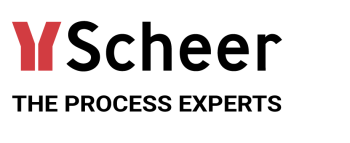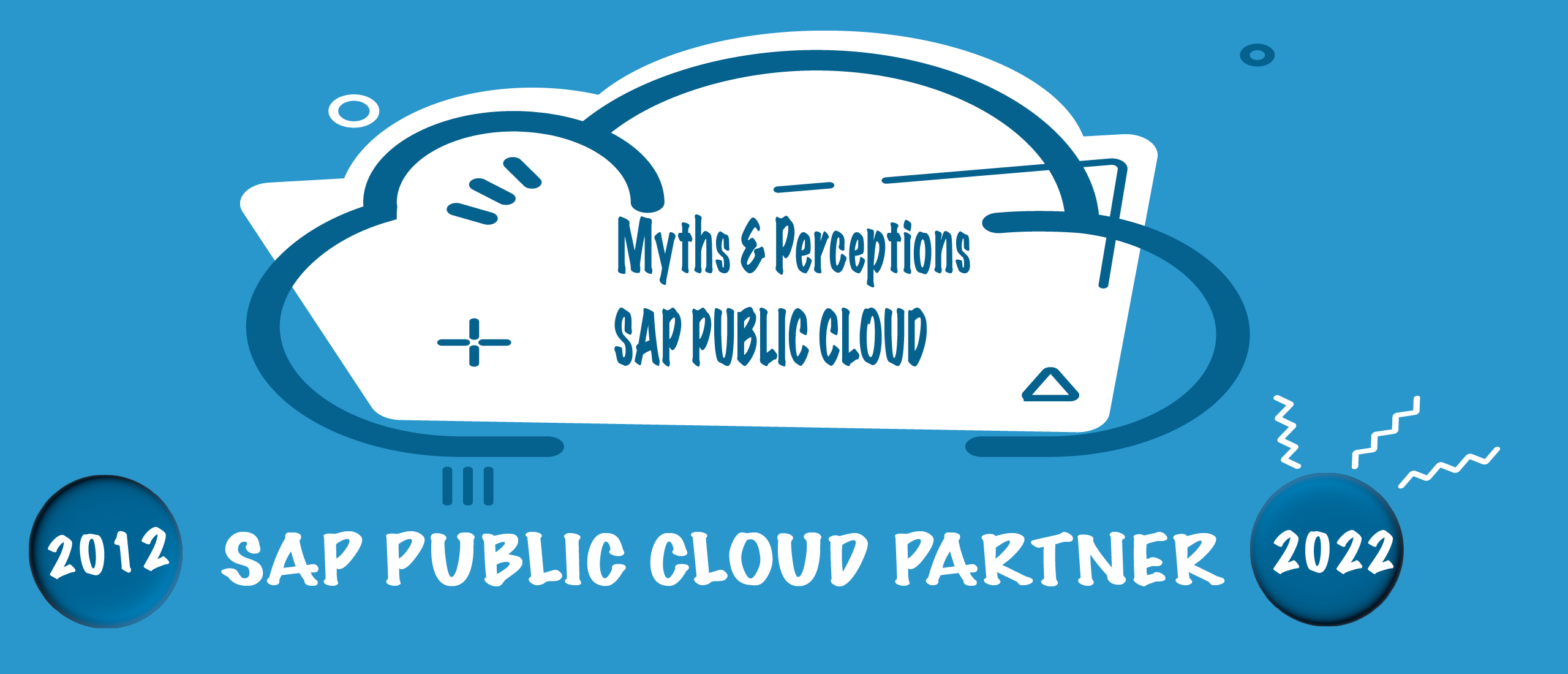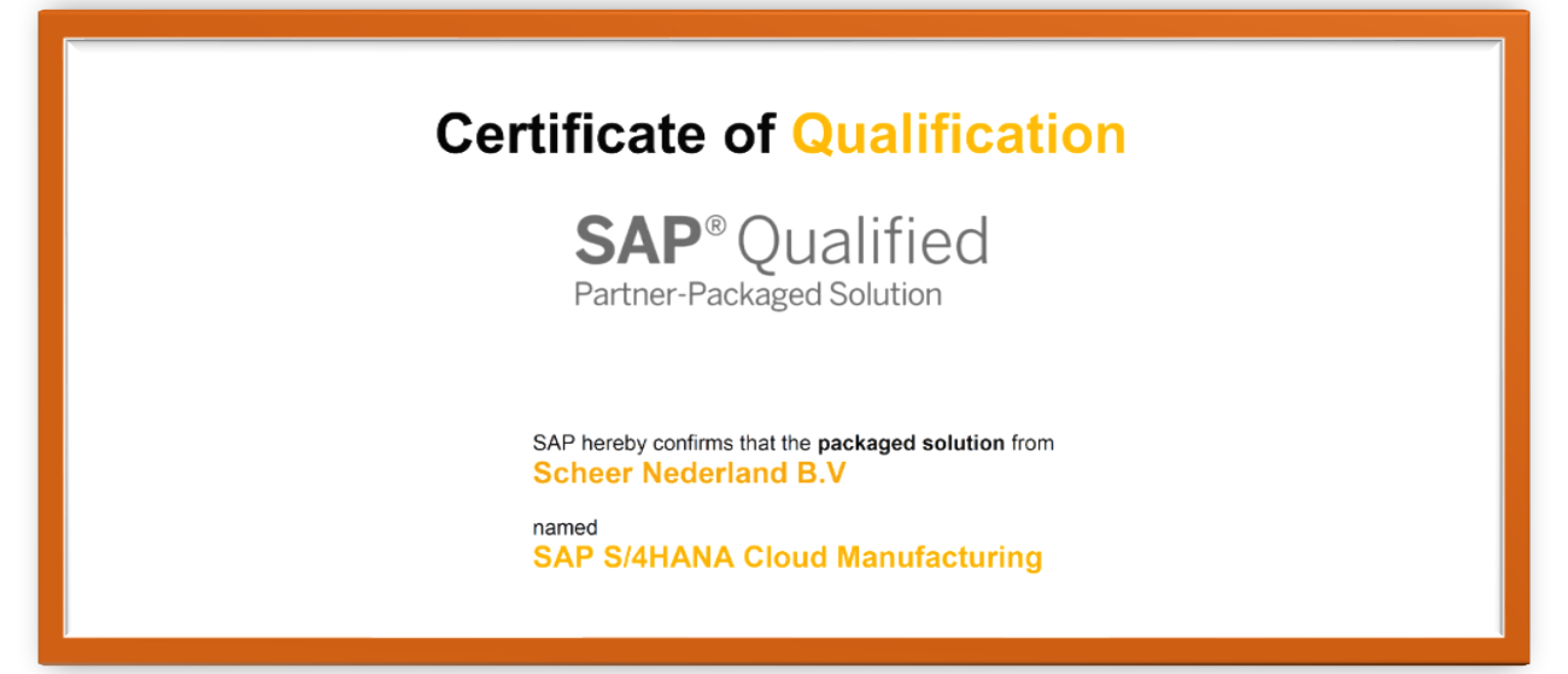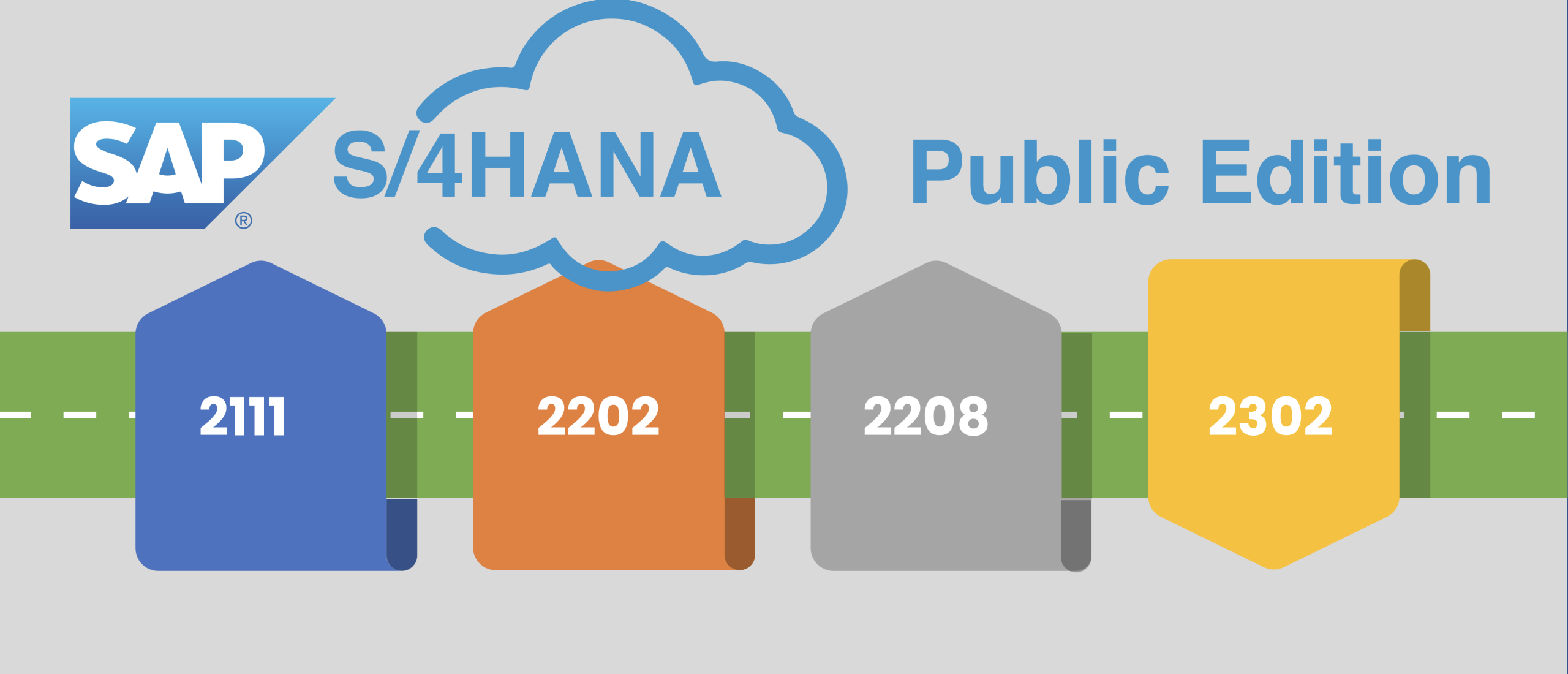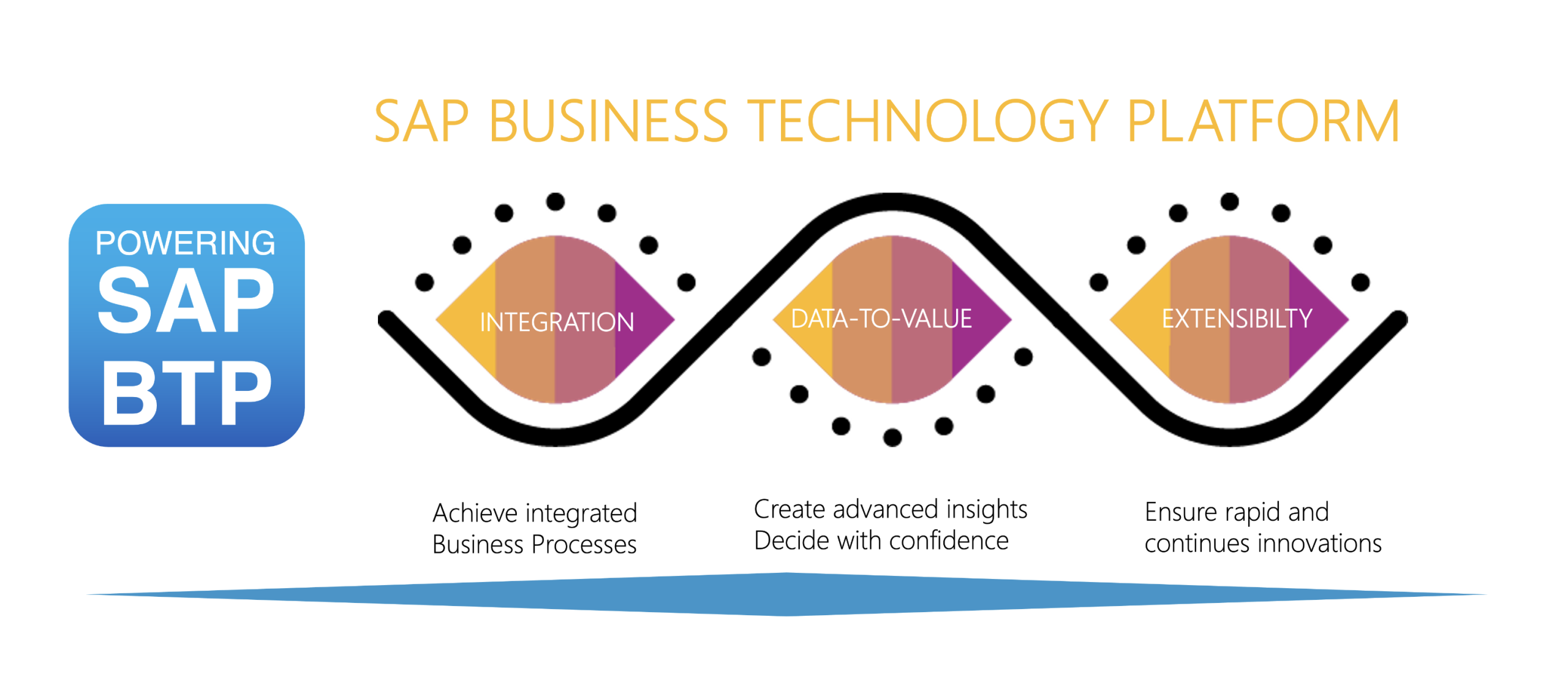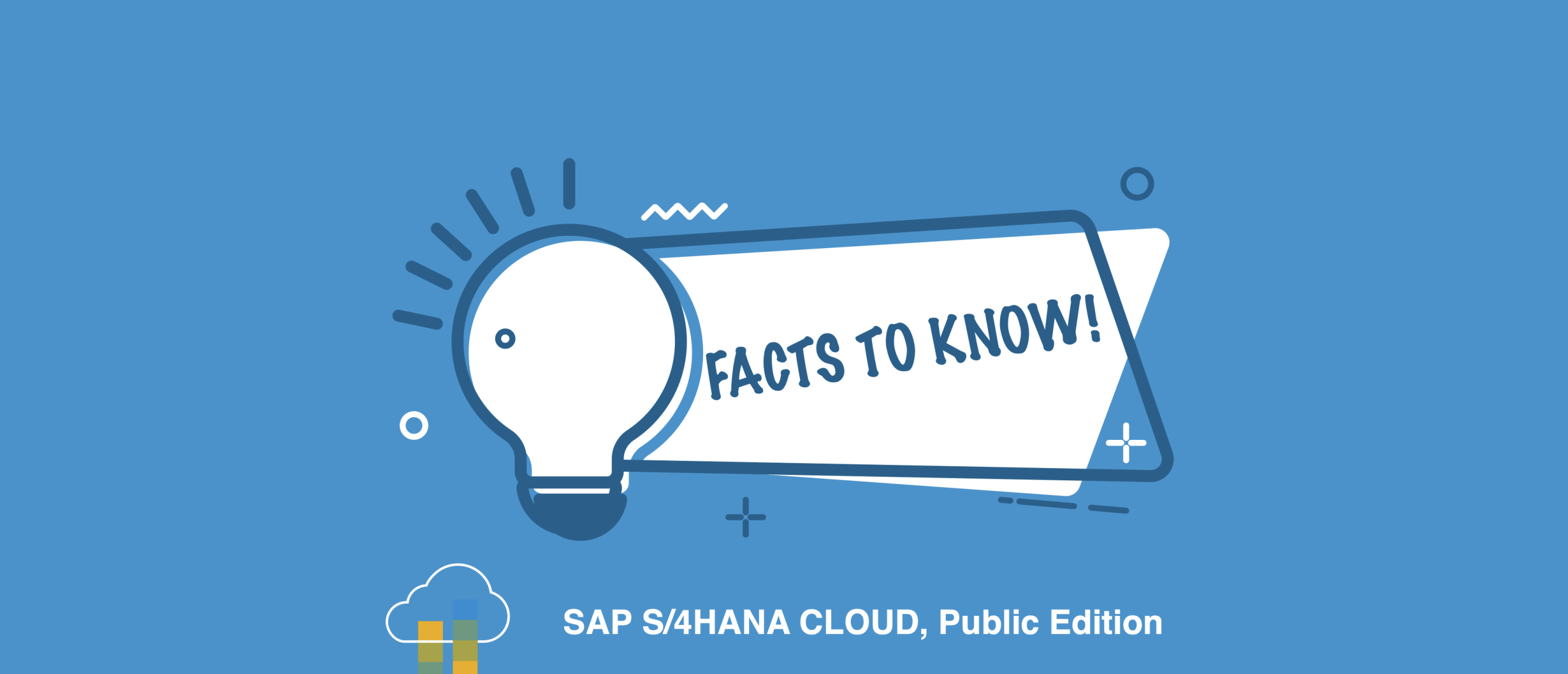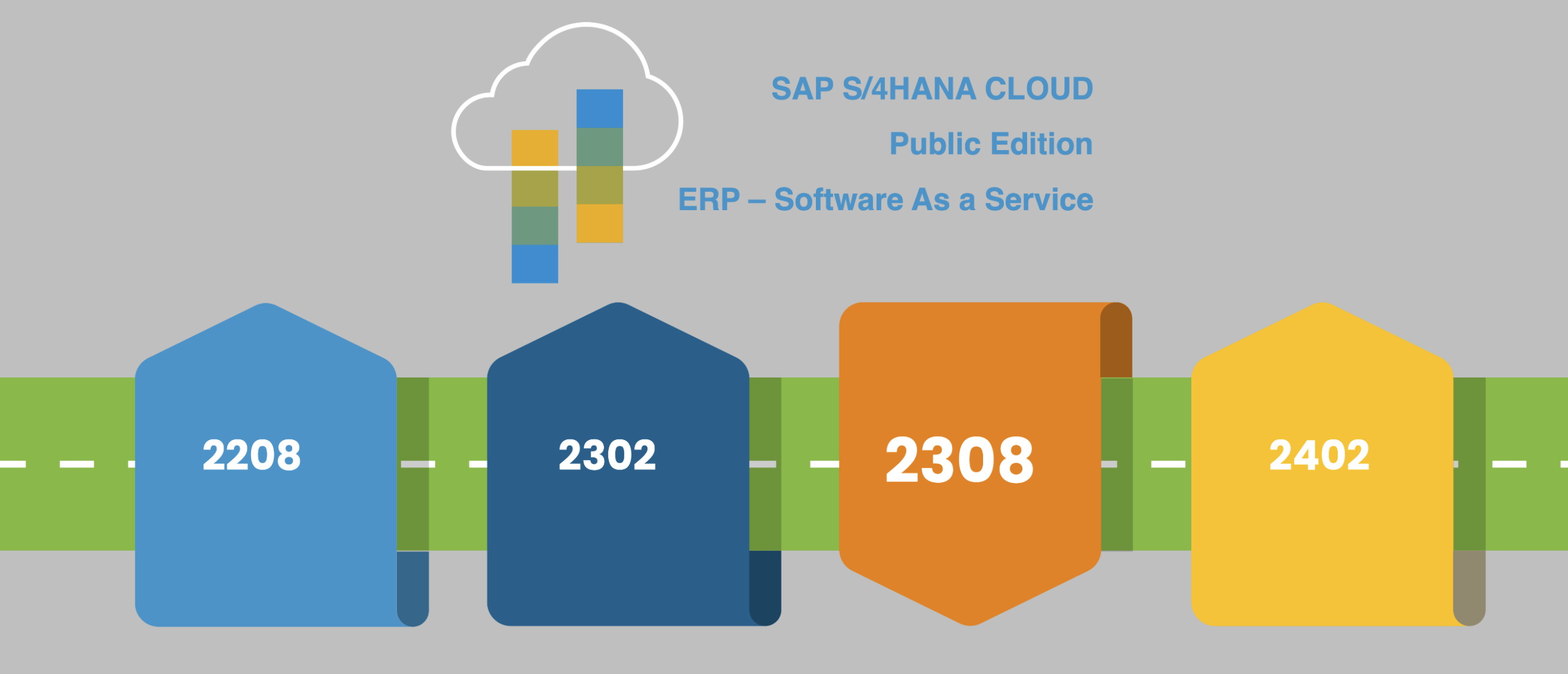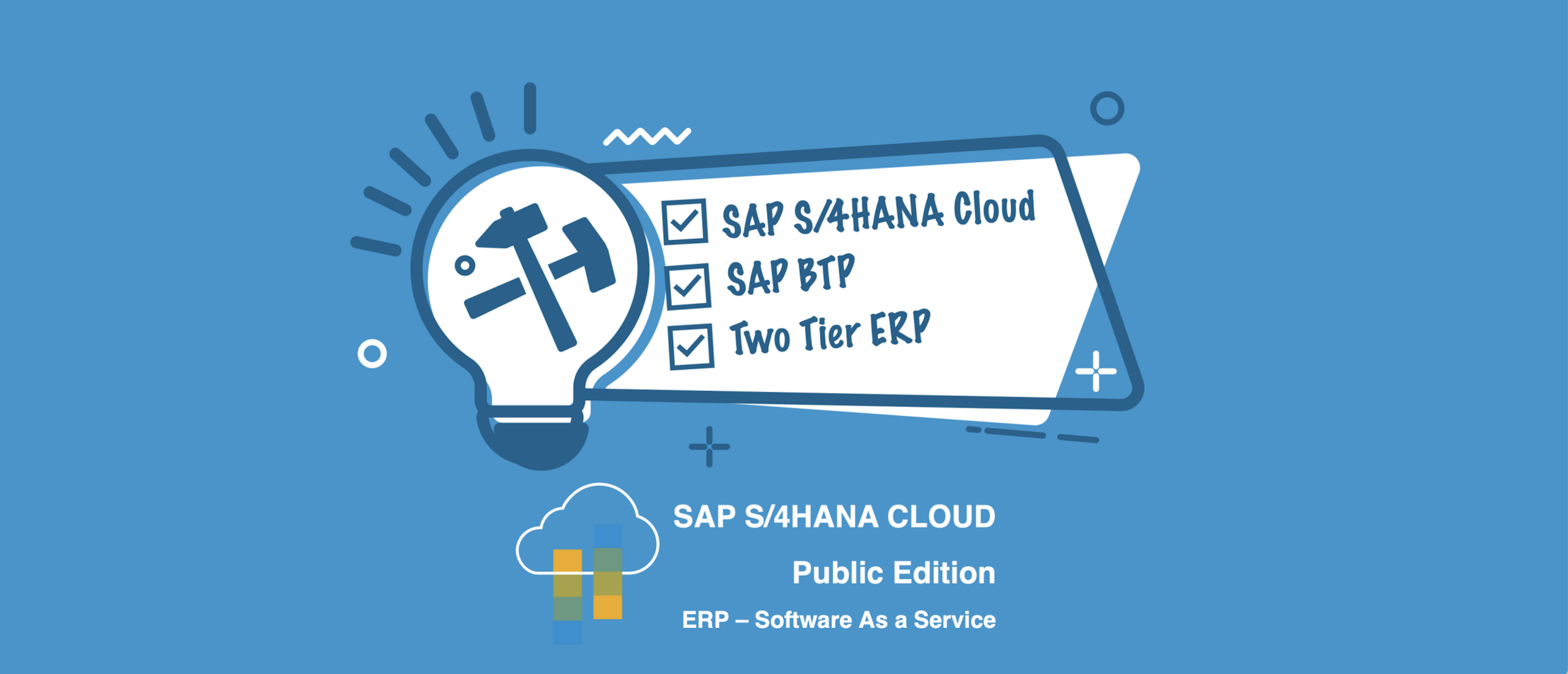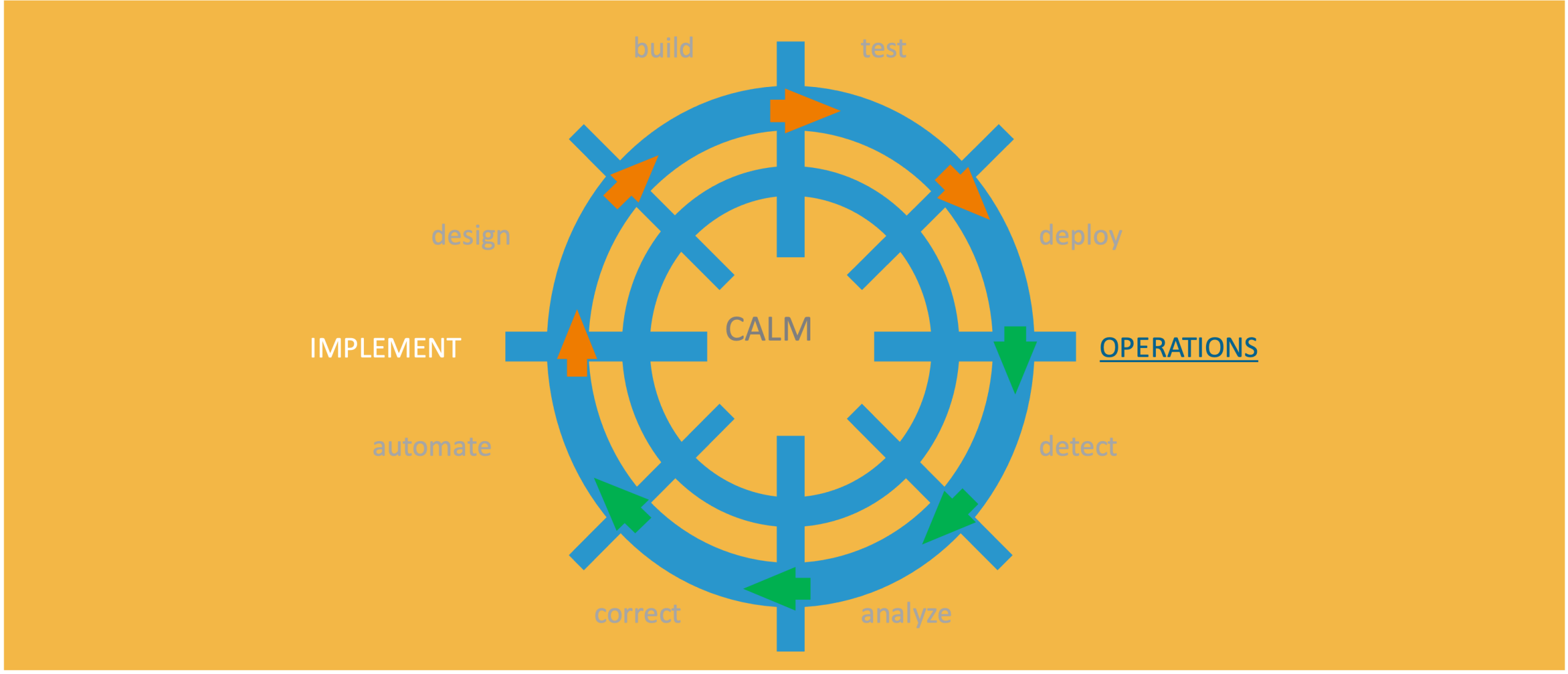
Reasons to consider a hybrid SAP ERP model to serve your business
Reasons to consider a hybrid SAP ERP model to serve your business.
In this article, I would like to explain what a hybrid model - or Two-Tier ERP concept - can do to support your business needs.
Many companies today face seemingly conflicting priorities: their SAP ECC system needs to be migrated to SAP S/4HANA, but at the same time, their business changes in terms of portfolio, size, or location(s). The biggest dilemma is how to pave the path for organizational transformation without jeopardizing the core business processes. Your businesses depend on people (workforce), business processes, and partners, like customers, suppliers, and service partners. The new solution must support your workforce, the required business processes, and the interactions with partners.
Is your ERP landscape ready for the future?
In the past decade, we have seen more and more changes in companies affected by various reasons:
Your existing ERP is close to end-of-life and needs to be replaced. Prepare the transformation to a new ERP based on the latest Cloud technologies.
Your business expands, and your ERP environment must follow. Companies are also growing organically through diversification of the Line of Businesses. The IT systems need to be adapted for new LoB-related business processes.
Your business is entering new markets with extended requirements. Companies are venturing into new markets. To meet ever-increasing demand, there is a quest to extend the supply chains (suppliers, dealers, and customers) and, eventually, their ecosystem. Supporting the extended supply chain and integrating with the disparate IT landscapes of the stakeholders are causes of concern as this could impact the running IT & ERP landscape.
Your business grows inorganically. When companies grow through mergers & acquisitions, there is an urgent need to onboard newly acquired subsidiaries. The new subsidiaries might be at different geographical locations with varying sets of established business processes into existing IT systems or integrate the disparate IT systems of multiple entities.
For these scenarios, responding quickly and effectively without impacting or harming the current systems and (supporting) organizations is essential.
When there is a need to connect two or more different ERP environments into an integrated approach, there are always challenges to overcome:
- Manage incompatible systems
- Lack of IT Resources for integration projects
- Lack of operational resources for integration projects
- Lack of standard business processes to keep complexity and customizations outside
It is a platform, application, resource, and cost issue that needs to be managed. The software-as-a-Service option with SAP S/4HANA Cloud creates your entrance to a hybrid model where two ERP solutions play an important role.

Build a Hybrid ERP Model to serve your organization
The current SAP ERP SaaS solution opens doors to change gears in Cloud-oriented business alignment programs.
The transaction-based ERP, like SAP ECC, co-assist with a business-centric front-end solution, like the Public Edition of SAP S/4HANA Cloud, to onboard the subsidiaries, new Lines of Businesses (LoBs), or other supply chain partners. Four factors primarily drive the business alignment:
- Cost of realizations and maintenance
- Time to go-live
- Quality of the solution
- Integration capabilities with existing IT & Solution Landscape
This Hybrid Model has two major stakeholders: the existing organization and the new kid on the block. To be successful, both stakeholders are seeking the following elements:
Agility: Faster Onboarding, reduced time to value, absorb innovations at a faster rate, and accelerate the journey to cloud solutions
Flexibility: Deploy new business models based on Best Practices, introduce future-proof solutions utilizing modern cloud technologies
Autonomy: Increase the flexibility for both entities, evolve, change and adapt at their own pace, lower the risks and disruptions to the global/HQ existing IT and ERP landscape
Compliance: Address local legal requirements and changes, the independent legal structure supporting Joint-Ventures, carve-out separate installations to prepare for divestitures
Reasons to start with Two-Tier based on SAP S/4HANA Cloud
The following reasons apply to build a hybrid model between SAP ECC or SAP S/4HANA and SAP S/4HANA Cloud:
- Single-vendor solution for multiple tiers for reduced cost and complexity using one simplified data model and harmonized user experience across tiers.
- The known SAP best practices built into both applications.
- Deployment of out-of-the-box integration between SAP ECC and SAP S/4HANA Cloud
- Process integration with Tier 1 for transactional business processes
- Exception-based reporting capability, facilitating insight-to-action
- Benefit from SAP's localization solutions, cater to legal, business, and language requirements across countries
The two-tier approach brings data flow and process integration into place. The integration helps enterprises standardize the process across its tiers and provide process visibility using centralized analytics. Below are ways how integration is done between multiple tiers:
Seamless data flow
For example, financial consolidation processes using an SAP Business Planning and Consolidation (BPC) system can be deployed on SAP ECC or S/4HANA On-Premise and integrated with SAP S/4HANA Cloud. Such integration will allow Tier 1 to easily access financial data for consolidation, and the BPC functionalities like Planning, Budgeting, and Financial Forecasting can also be leveraged.
For the seamless operation of the business processes, it is essential to integrate critical elements of master data like the product master, business partner, and other masters synchronously between Tier 1 and Tier 2. Master data can be governed centrally by SAP Master Data Governance (MDG) for all the tiers or directly sent from Tier 1 to Tier 2 or vice-versa. In both cases, integration is done using SAP Data Replication Framework (DRF) or with the help of whitelisted APIs.
Process Integration across Tiers
For example, finished goods are delivered from Tier 1 to Tier 2 or vice versa. Where businesses require integration between two tiers, there is always a manual effort to create the Sales Order and Purchase Order documents in two different tiers. Manual intervention can lead to process errors and inconsistencies. With the Hybrid or Two-Tier deployment model, businesses can automate the process between the Tiers. A typical use case is a drop shipment process from Tier 1. Organizations also look to manage customer credit centrally in Tier 1. The business can optimize credit management with a centralized credit policy by leveraging S/ 4HANA Cloud in Tier 2 with pre-packaged integration content and delivered accelerators. Similarly, rebates and contracts can also be managed centrally from Tier 1. Optimizing credit control for companies that use multiple distributed systems takes time and effort.
Deployment options with Hybrid ERP model
Enterprises can leverage SAP's Two-Tier ERP with SAP S/4HANA Cloud in three possible ways
- Headquarters and subsidiaries
- Central Services
- Extended Supply Chain
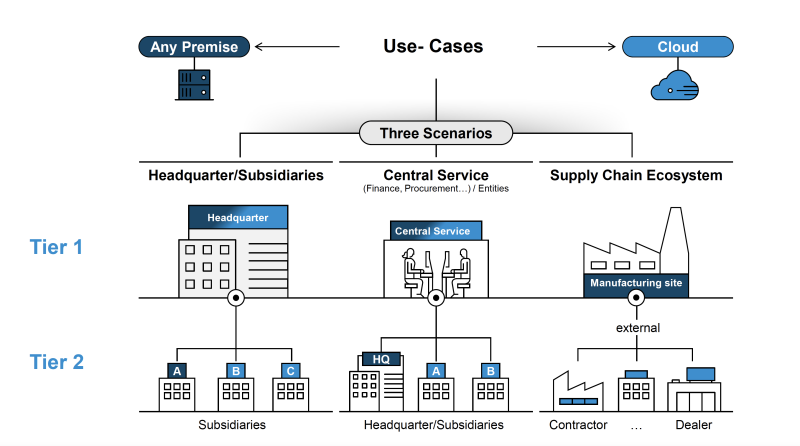
Two-Tier model for Headquarter and subsidiaries
By using this model, organizations can provide a degree of freedom to subsidiaries about the scope, achieve seamless integrations between headquarters and subsidiaries, including dependent or independent subsidiaries, and allow subsidiaries to control their environment without dependencies on corporate IT.
Two-Tier model for Shared Services
Enterprises can think of having a complete line of business (LoB) spin-off running on cloud ERP. The Finance Shared Services is often used for this deployment model. The Shared Service uses SaaS-ERP with SAP S/4HANA Cloud, and the rest of the organizations run SAP ECC. This deployment model will help large corporations with different LoBs to innovate faster. It will also facilitate the rollout of innovations within these shared services to the business without interfering with the on-premise installation.
Two-Tier Model for Extended Supply Chain model
This two-tier model is also known as the Ecosystem Deployment Model with Two-Tier ERP. Enterprises can bring their subcontractors or dealers onto SaaS ERP while running their on-premise SAP ECC solution to create a connected network between group companies and dealers or subcontractors. This integrates large corporations with their vendors, dealers, and subcontractors, forming a more joined-up supply chain network. The benefits include higher visibility across the supply chain and the reduction of manual intervention due to process automation.
Webinar Special Two-Tier ERP with SAP S/4HANA Cloud
On April 20th, Scheer will present more details and the latest updates from the 2302 release of SAP S/4HANA Cloud, during the planned webinar "Discover the possibilities with Two-Tier ERP".
Reserve your seat here to join this webinar - the webinar is in Dutch!
